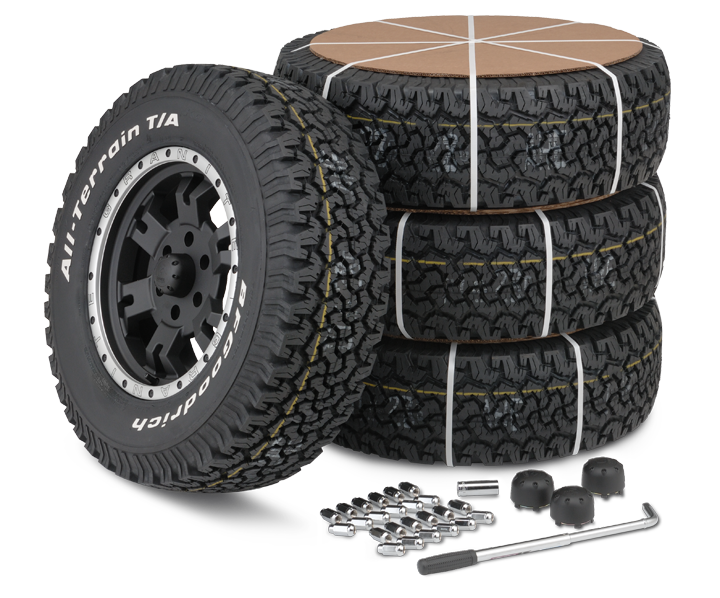Explore Exclusive Mopar Tire Service Specials in Morris Today
Explore Exclusive Mopar Tire Service Specials in Morris Today
Blog Article
Tire Solution: Recognizing Tire Pressure Monitoring Equipments
Comprehending Tire Pressure Tracking Systems (TPMS) is an important aspect of preserving ideal lorry efficiency and safety when traveling. With innovations in vehicle technology, TPMS has actually ended up being a common feature in modern automobiles, giving real-time information on tire stress levels. Diving deeper right into the details of TPMS, one can discover the different elements that make up this system and the significance of each in making certain precise tracking. From direct to indirect TPMS systems, the landscape of tire stress tracking varies, each with its one-of-a-kind collection of factors to consider and advantages. Remain tuned to unwind the complexities of TPMS, from maintenance tips to the indisputable advantages of maintaining your tires correctly blew up. mopar tire service specials.

Importance of TPMS
The relevance of Tire Stress Surveillance Equipments (TPMS) hinges on their capacity to improve vehicle security and efficiency with real-time monitoring of tire pressure levels. Maintaining the proper tire pressure is essential for making sure optimal handling, stopping, and general safety and security of a car. TPMS gives chauffeurs with instant comments on any kind of overinflated or underinflated tires, enabling timely adjustments to be made.
Components of TPMS
Making up numerous crucial elements, a Tire Stress Monitoring System (TPMS) functions as a sophisticated safety and security attribute in modern vehicles. The primary components of a TPMS consist of sensors, a control component, and a warning indicator. Sensors are typically located in the tire valve stem or connected to the wheel assembly, where they determine tire stress and transfer data to the control module. If it identifies significantly reduced pressure in any of the tires, the control component processes this details and sets off a caution. The caution indication, commonly an icon on the dashboard, notifies the motorist to inspect the damaged tire or tires. Some progressed TPMS designs likewise display the real tire pressure readings for every tire, giving motorists with real-time info to make certain optimal tire performance and security. By keeping track of tire stress continually, TPMS helps stop accidents, decreases tire wear, and improves gas effectiveness, making it a vital element for automobile security and performance.
Kinds Of TPMS

On the other hand, indirect TPMS relies on the automobile's wheel speed sensors to keep an eye on tire pressure. This system identifies underinflation by contrasting the rotational speeds of the wheels. Indirect TPMS is less expensive than direct TPMS, as it uses existing sensing units within the automobile.
While straight TPMS offers a lot more precise readings, see this site indirect TPMS is easier in layout and commonly requires much less maintenance. Both systems have their limitations and advantages, and the selection in between them often relies on variables such as expense, car make, and personal preference. Understanding the differences in between these two kinds of TPMS can help vehicle proprietors make educated decisions relating to tire upkeep and safety.
TPMS Upkeep Tips
Conduct routine checks on the tire pressure levels and compare them with the TPMS analyses to ensure they are constant. Throughout tire turning or replacement, make certain that the TPMS parts are dealt with very carefully to prevent any type of possible damage. If the TPMS cautioning light illuminates on the control panel, resolve my response the problem promptly by checking the tire stress and the total system for any mistakes.
Benefits of Proper Tire Pressure
Keeping correct tire stress, as highlighted in TPMS Maintenance Tips, is essential for enjoying the many advantages connected with optimal tire pressure degrees. Furthermore, appropriate tire pressure makes sure also tire wear, prolonging the lifespan of the tires and advertising safer driving conditions. In final thought, the benefits of correct tire stress go beyond simply tire longevity; they include enhanced gas effectiveness, enhanced security, better automobile performance, and general driving comfort.
Conclusion
Finally, understanding tire stress monitoring systems (TPMS) is essential for keeping optimum tire pressure and making sure automobile safety. By identifying the value of TPMS, being acquainted with its parts, knowing the different kinds available, adhering to proper maintenance ideas, and realizing the advantages of maintaining correct tire stress, drivers can boost their driving experience and prolong the life expectancy of their tires. Appropriate tire pressure is vital to safe and reliable automobile procedure.

Report this page